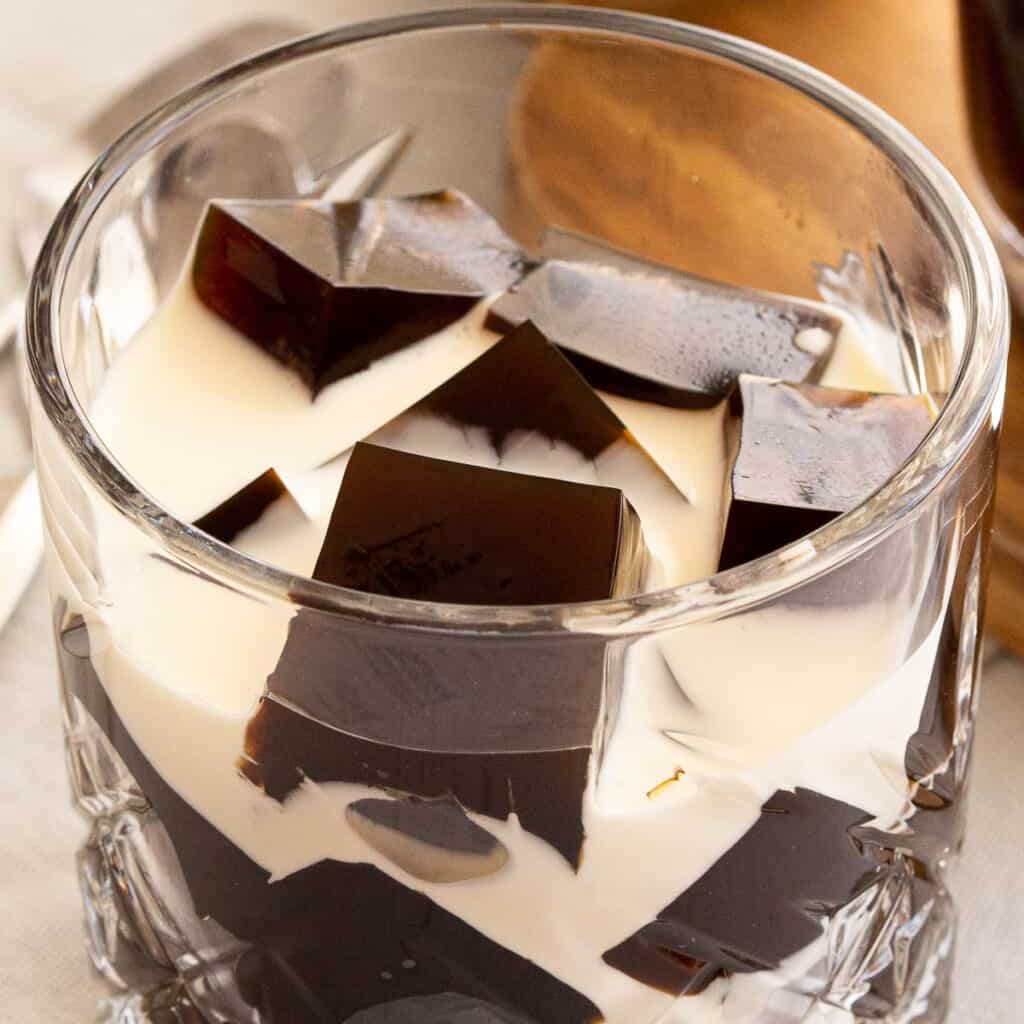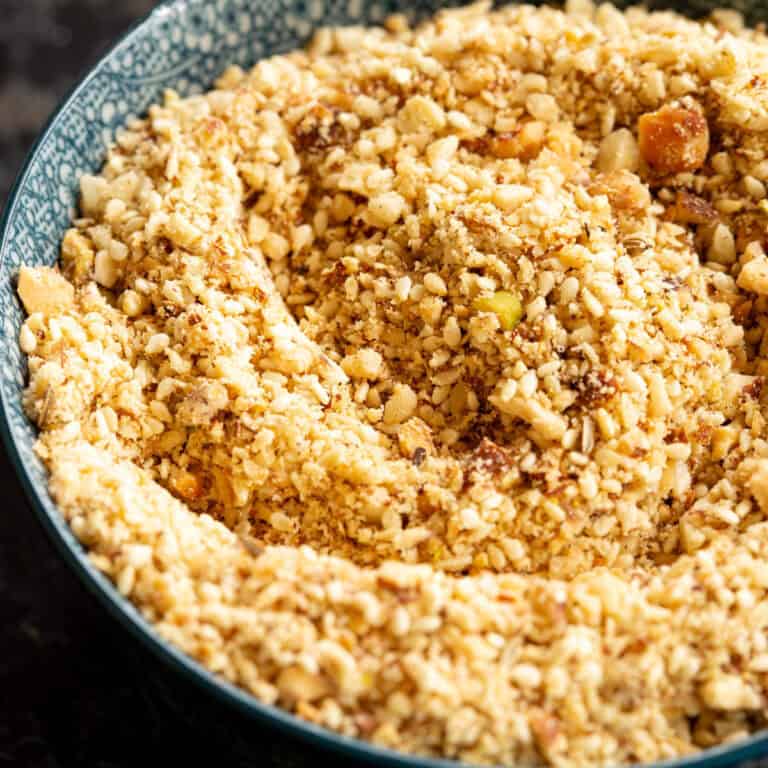Easy Sukiyaki – Japanese Hot Pot
Gather your friends and family for this cozy winter warmer – sukiyaki! This popular Japanese hot pot packed with beef, noodles and veggies is one of our favourite experiences when in Osaka.

In this post you’ll learn
Why We Love This
Hot pots are such a fun and social way to eat a meal with family and friends. Once the initial prep is done, you can sit down and enjoy the experience together, rather than one person stuck in the kitchen doing all the work!
While sukiyaki has some traditional ingredients that are usually included, it’s SO adaptable, so you can use just about anything when cooking this at home. Keep reading for more info and our substitute ideas so you can make this wherever you live!
Related: Shabu Shabu / Korean Army Stew
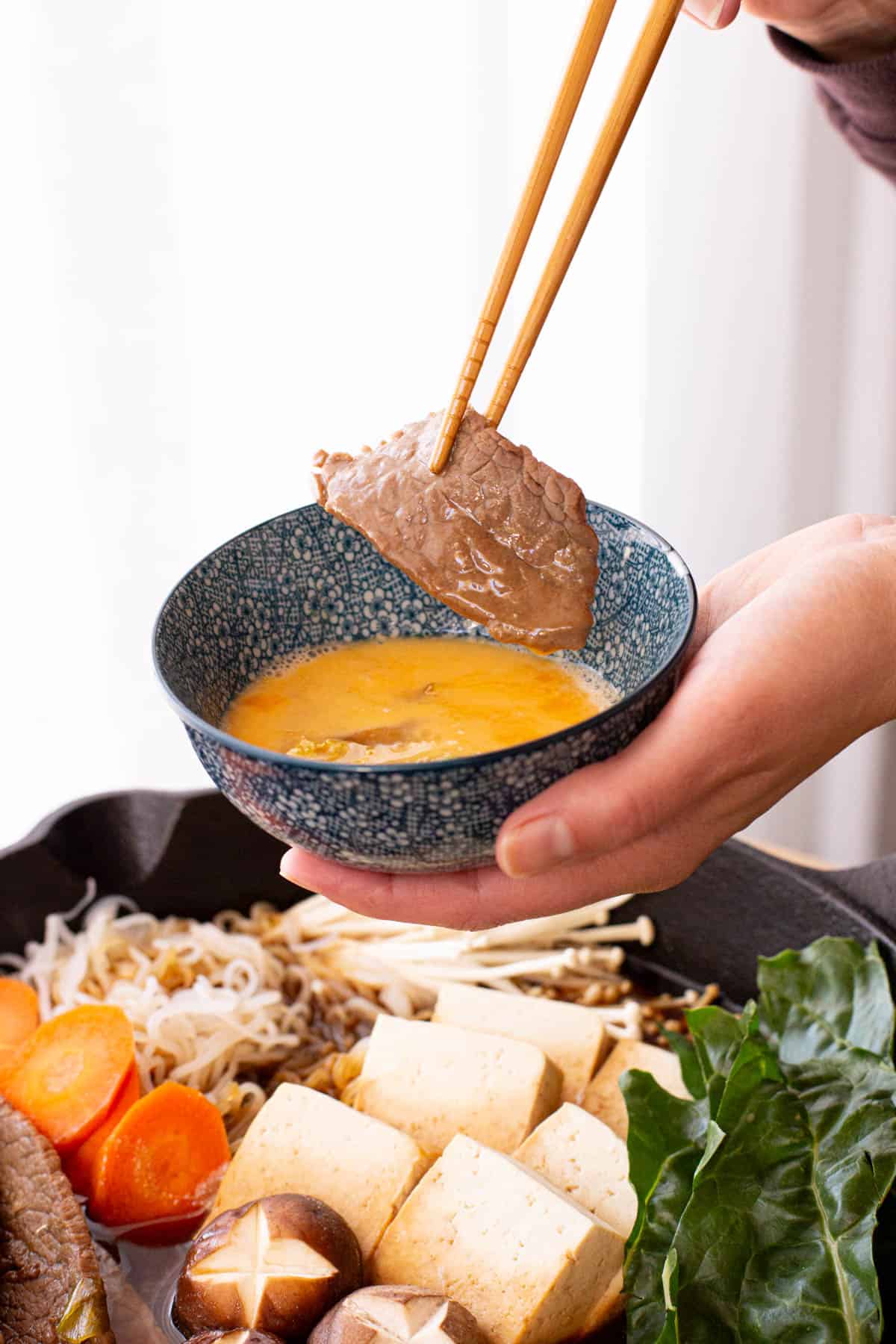
Sukiyaki Hot Pot
Sukiyaki (すき焼き) is a type of Japanese nabemono hotpot usually served in the middle of the table. Ingredients like thinly sliced sukiyaki beef, tofu, enoki and/or shiitake mushrooms and shirataki noodles are simmered until cooked through.
The sukiyaki sauce is usually made with the golden ratio of 1 part cooking sake + 1 part mirin + 1 part soy sauce, with sugar and sometimes a splash of dashi stock for extra flavour – this is can also be referred to as warishita.
In Japan, this dish is usually served with a raw egg for dipping. It adds a subtle flavour and creaminess to each bite, but is not to everyone’s tastes. Laura loves it, but Sarah can’t do it!
The first time we tried this in Japan was on a bus tour with our Osaka Mum Rieko. After a big morning of exploring the countryside, we sat down to individual bowls of sukiyaki for lunch.
At first we didn’t know how to eat it, since everything was laid out ready for us to cook it for ourselves. Rieko taught us how to do it properly (including leaving the egg on the side for dipping – we thought it was meant to go in the hot pot at first!).
Each time we’ve tried it has been a totally different experience, with subtle tweaks to the recipe depending on the region.
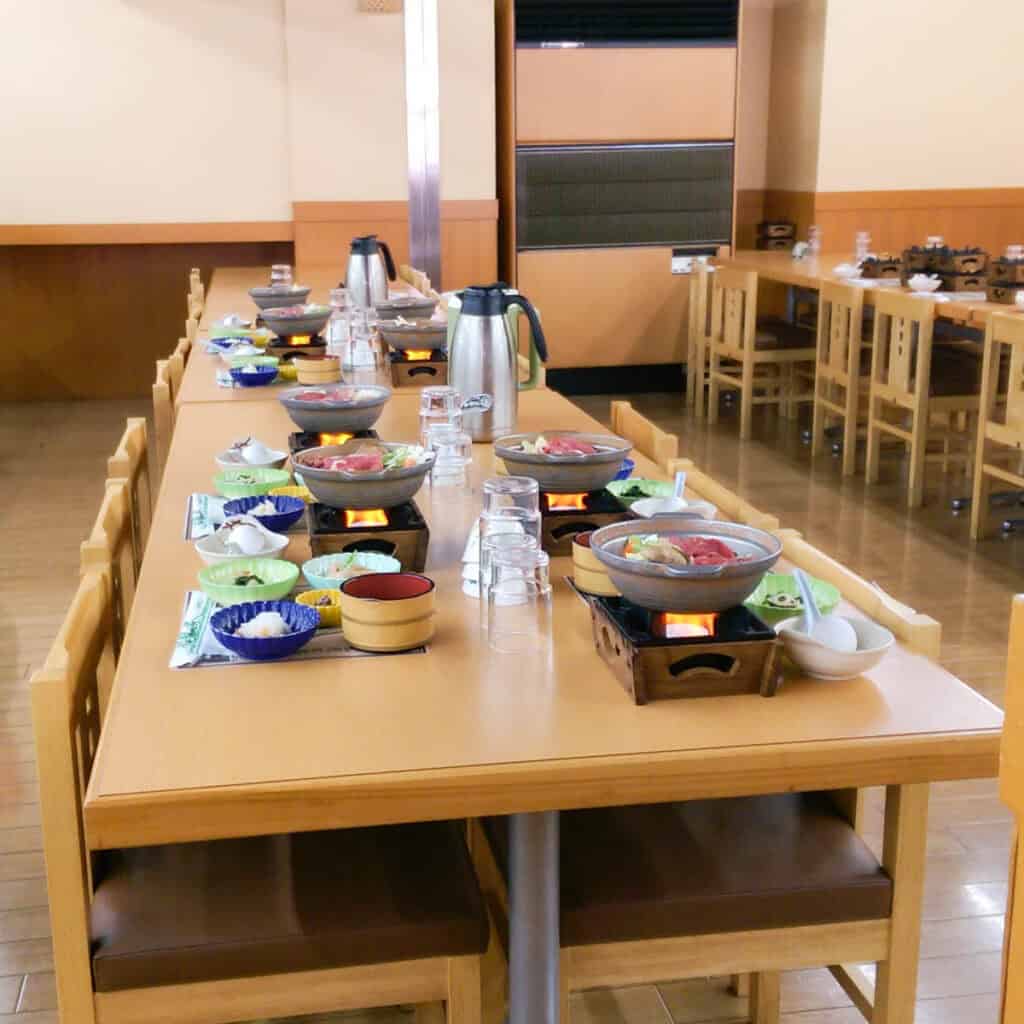


Ingredients and substitutes
- Beef – In Japan, you can buy special sukiyaki beef slices that are quite thin with lots of marbling, so it has a delicious flavour and cooks very quickly. This can be tricky to find depending on where you live. Your best bet is to head to an Asian grocery store that specialises in Japanese or Korean cuisine. Or, if you have a good local butcher nearby, you can ask them to prepare thinly sliced beef. Otherwise, the closest quick substitutes are shabu shabu beef, minute steak or sizzle steak. You can also use thinly sliced pork if you prefer.
- Butter / Beef Tallow – For cooking the leeks and beef. It’s traditionally cooked with beef tallow but butter is more widely available and just as good. Use whichever you can get.
- Mushrooms – Usually enoki and shiitake are used, but shimeji would also be amazing! Break the enoki up into small clumps to make it easier to eat (watch our video to see this in action). Sub with regular white button mushrooms if you need.
- Veggies – The most common inclusions are leeks or negi (Japanese long onions), napa cabbage leaves (also known as wombok or Asian cabbage) and shungiku / chrysanthemum greens. The latter is a little harder to find, so we usually go for bok choy, spinach or watercress. You can also add carrot, onion, snow peas, spring onion etc. No need to include them all at once, pick a few or use up what you have ready to go in the fridge.
- Tofu – Firm tofu is your best choice, it holds its shape nicely in the broth and is super easy to take out with chopsticks. If you can find it, traditionally grilled tofu is used in sukiyaki.
- Noodles – This is usually shirataki noodles, which are thin noodles made from konnyaku / sweet potato starch. You can find these at Asian grocery stores or in bigger chain supermarkets where they can be labelled as lo-cal (low calorie) noodles. Easy substitutes include rice vermicelli, glass or sweet potato noodles, udon noodles, soba noodles or even ramen noodles. Whatever you have on hand!
- Sauce – You’ll need mirin, cooking sake (or Chinese cooking wine), soy sauce and sugar. These days you can find all of these at most chain supermarkets, otherwise Asian grocery stores or buy online. You can sub the cooking sake for water or dashi stock for a milder taste.

Let’s make a sukiyaki party at home!

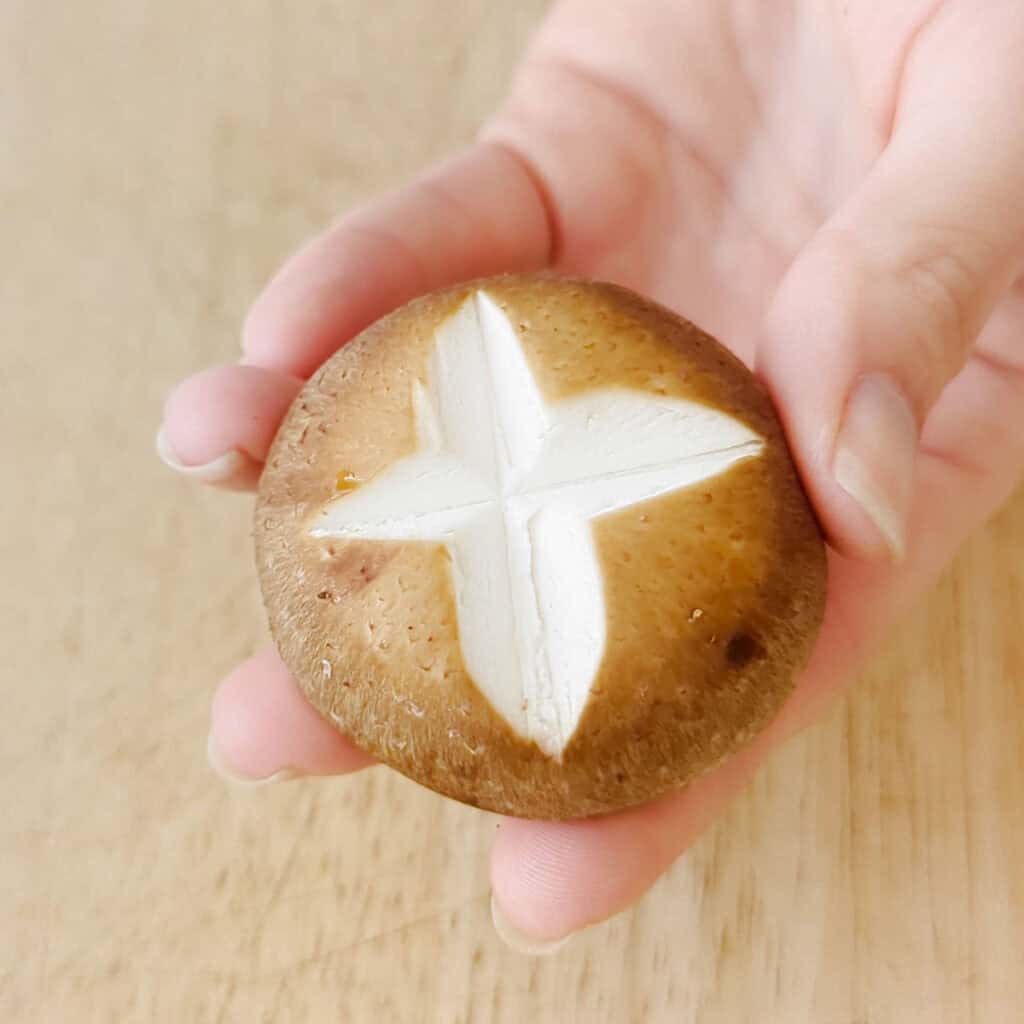

- Separate the enoki into sections.
- Slice optional hanagiri (flower cut) into the tops of your shiitake mushroom.
- Boil the shirataki noodles to remove the smell.
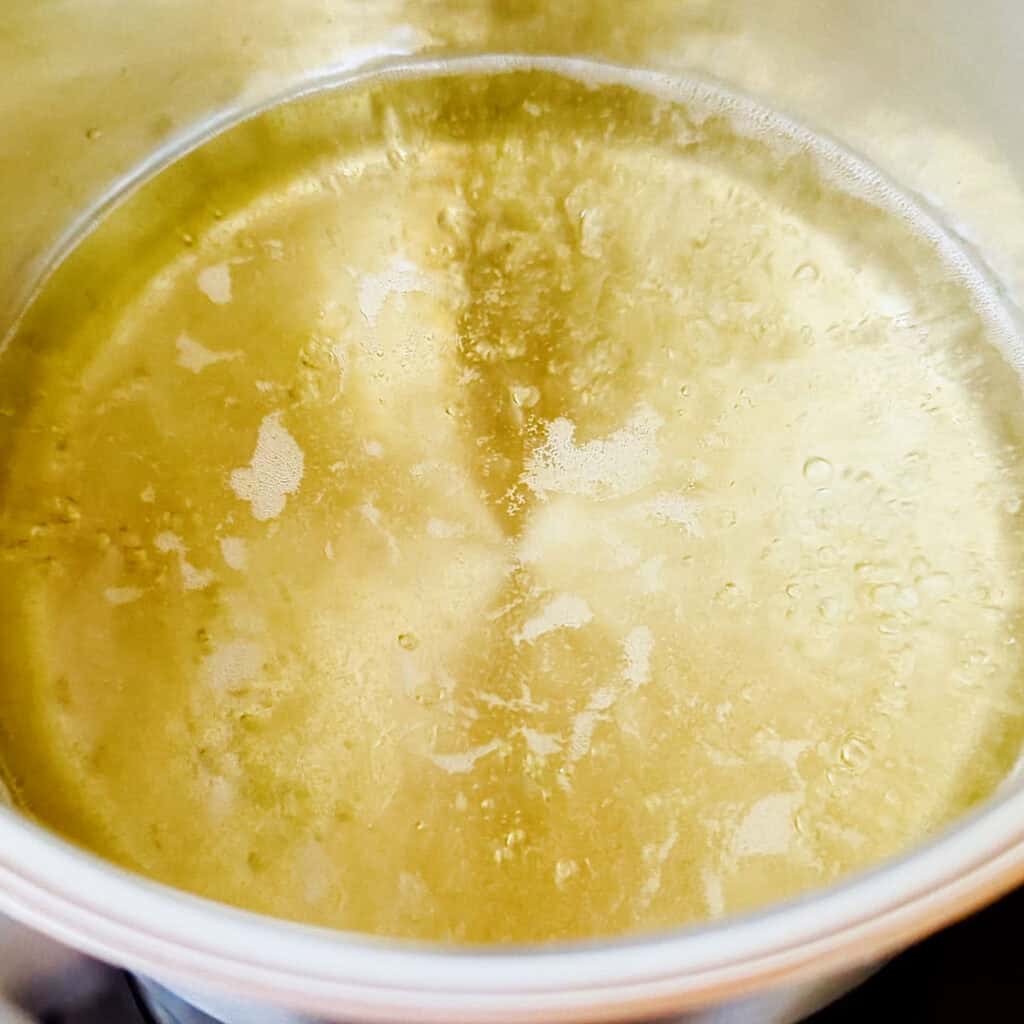
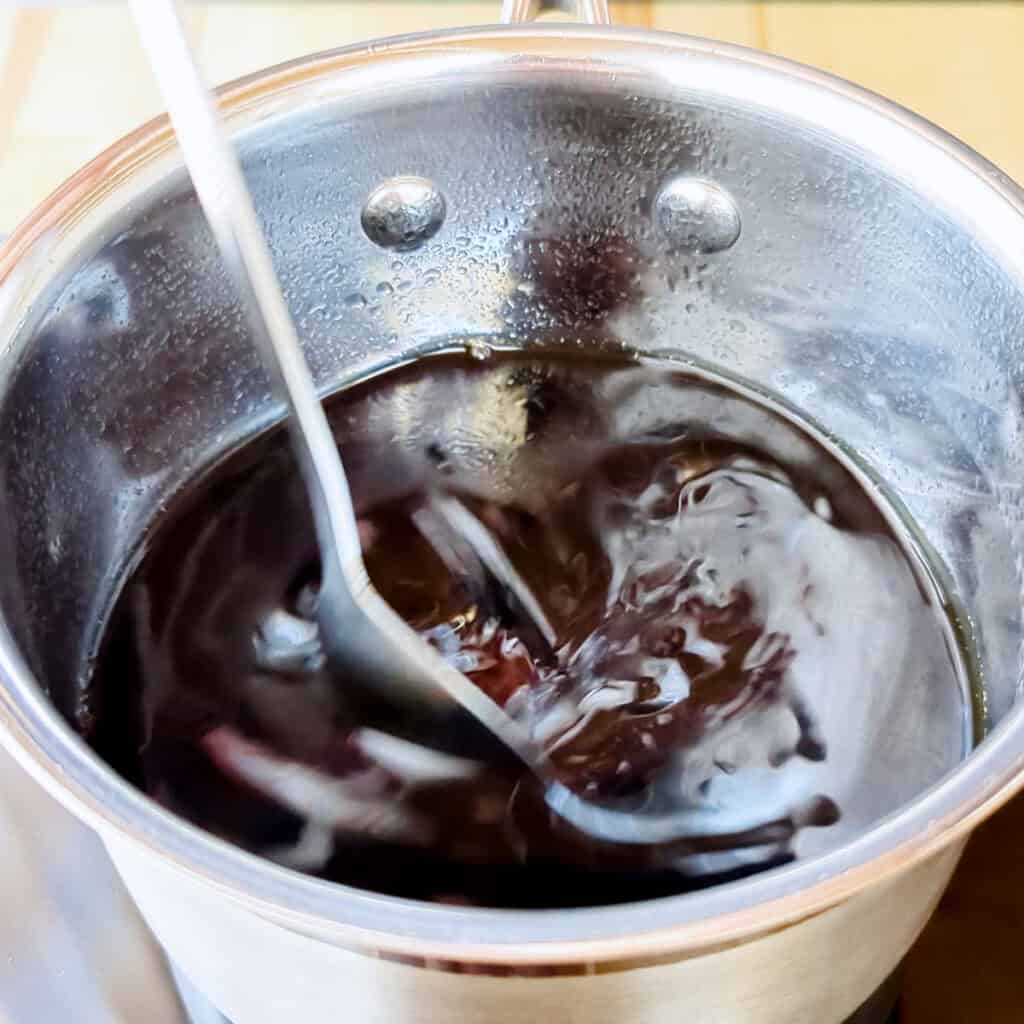

- Boil off the alcohol in the mirin and cooking sake base.
- Add in the soy and sugar and bring to the boil.
- Sear the leek and beef in the butter (or beef tallow).
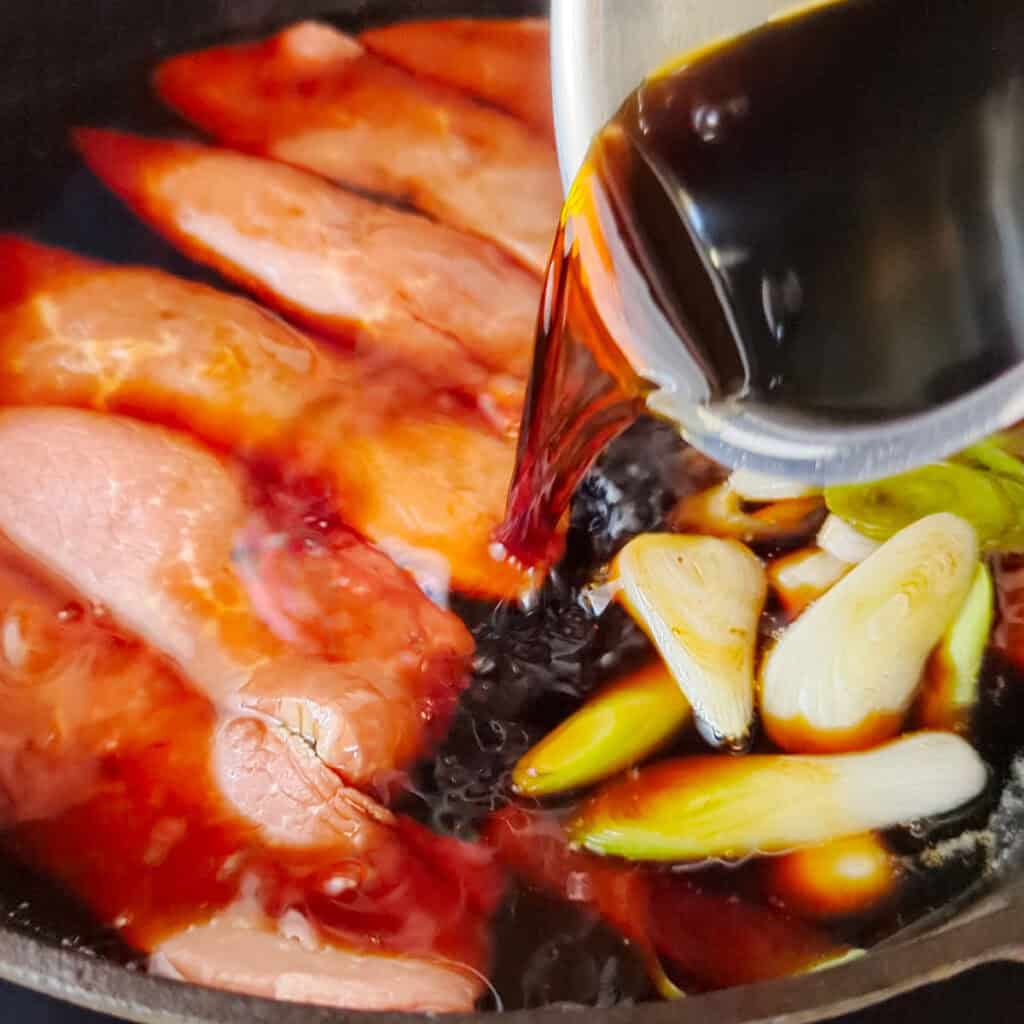


- Pour over the sukiyaki sauce
- Add in all your hot pot ingredients and cook!
- Important: If you are based in a country where it is unsafe to eat raw eggs, please skip this step or learn how to pasteurise raw eggs before you proceed.
Optional: Dip in a raw egg mix.
Alternatively: Eat everything straight out the hot pot or you can serve with additional dipping sauces like in shabu shabu, such as ponzu sauce and goma dare (sesame sauce).
Quick Tips
Storage
It’s best to eat everything on the day, however, if there’s leftovers you can do what we do – store any remaining sauce, meat and vegetables in a container in the fridge. Then, the next day, add dashi stock and udon noodles and have it as a whole new meal for lunch to make it go further! We don’t recommend freezing.
FAQs & Troubleshooting
Traditionally sukiyaki is cooked in a nabemono pot that has space for heat underneath and sits in the middle of the table. This is usually to serve 1-2 people. This is especially popular in restaurants if you have sukiyaki in Japan.
Nowadays, it’s also popular to have an electric nabemono pot if you’re wanting to cook with the family in the middle of the table.
We use our cast iron pan at home. It’s easiest as the heavy base cooks really well and is similar enough to Japanese nabemono pots.
However, the best pan… is the one you have already! Whether that’s a stainless steel saucepan, a wok… you can make it work on anything.
Yes! We know a few people who have electric meat slicers at home.
It’s usually made with highly marbled chuck steak, ribeye or striploin cuts, which is frozen first then sliced thin. Here’s how to slice the meat yourself at home.
Toppings, Serving Ideas & Variations
- Add Udon – It’s common in Japan for people to add udon noodles once the main sukiyaki ingredients are finished. It’s a great way to round off the meal and make sure everyone has had enough to eat! Use store-bought or make your own homemade udon noodles.
- Side Dish Ideas – Try this with a small bowl of miso soup and sushi rice on the side (option to season with furikake or gomashio sesame salt). Small bowls of takuan pickles, or seasoned spinach with sesame dressing work well too.

Try these amazing recipes next:
★ Did you make this recipe? Please leave a comment and a star rating below!
Ingredients
For the sauce
- ½ cup cooking rice wine / cooking sake sub water
- ½ cup mirin
- ½ cup soy sauce
- 3 tbsp sugar
For the sukiyaki
- 1 tbsp butter sub beef tallow or vegetable oil
- 1 leek sliced diagonally
- 300 g minute steak 0.66 lb, sub shabu shabu style beef or pork
- 300 g firm tofu 0.66 lb
- 200 g shirataki noodles sub konnyaku or sweet potato noodles
Vegetable options
- shiitake mushroom
- enoki mushroom base removed, pulled into small sections
- napa cabbage leaves chopped
- greens chrysanthemum greens, bok choy or spinach etc
- carrot
- onion
- snow peas
- spring onion
To finish – optional
- egg raw, one for each person, for dipping
- 500 ml dashi stock 16.9 fl oz, sub boiling water
- 400 g udon noodles 14 oz, homemade or frozen
- sushi rice cooked
Instructions
- Slice the bottom off your enoki mushroom and separate into sections by splitting apart with your hands.
- Optional: Slice hanagiri (flower cut) into the tops of your shiitake mushroom using shallow diagonal cuts to create a 4 or 6 point flower. (Watch video to see it in action!)
- Bring a small saucepan of water to the boil and add in the 200 g shirataki noodles. Cook for 1-2 minutes to remove the smell. Drain and place in a small bowl.
- In the same saucepan, add your ½ cup cooking rice wine / cooking sake and ½ cup mirin. Bring to the boil for 2-3 minutes to cook off the alcohol.
- Pour in the ½ cup soy sauce and 3 tbsp sugar next and bring back to the boil then switch off the heat.
- In a sukiyaki pot or cast iron pan, add in your 1 tbsp butter or beef tallow and sear the 1 leek and 300 g minute steak for a minute or two over medium high heat.
- Pour over the sukiyaki sauce, then add in the enoki, shiitake, shirataki noodles, and the rest of your chosen hot pot vegetables such as napa cabbage leaves, greens (bok choy, Chinese spinach), carrot, onion, snow peas, spring onion etc.
- Once the sukiyaki sauce is boiling, bring it to a rolling simmer and start eating!
To finish
- Serve with fresh sushi rice.
- Important: If you are based in a country where it is unsafe to eat raw eggs, please skip this step or learn how to pasteurise raw eggs before you proceed.Optional: Dip in a raw egg mix.Alternatively: Eat everything straight out the hot pot or you can serve with additional dipping sauces like in shabu shabu, such as ponzu sauce and goma dare (sesame sauce).
Make the meal go further
- Once you've eaten all or most of the meat and vegetables, you can choose to add in 500 ml dashi stock and 400 g udon noodles to turn the sauce base into a tasty noodle soup – yum!
Video

Notes
Nutrition Disclaimer: Nutritional information is an estimate provided by an online nutrition calculator. For accurate results, it is recommended that the nutritional information be calculated based on the ingredients and brands you use.



